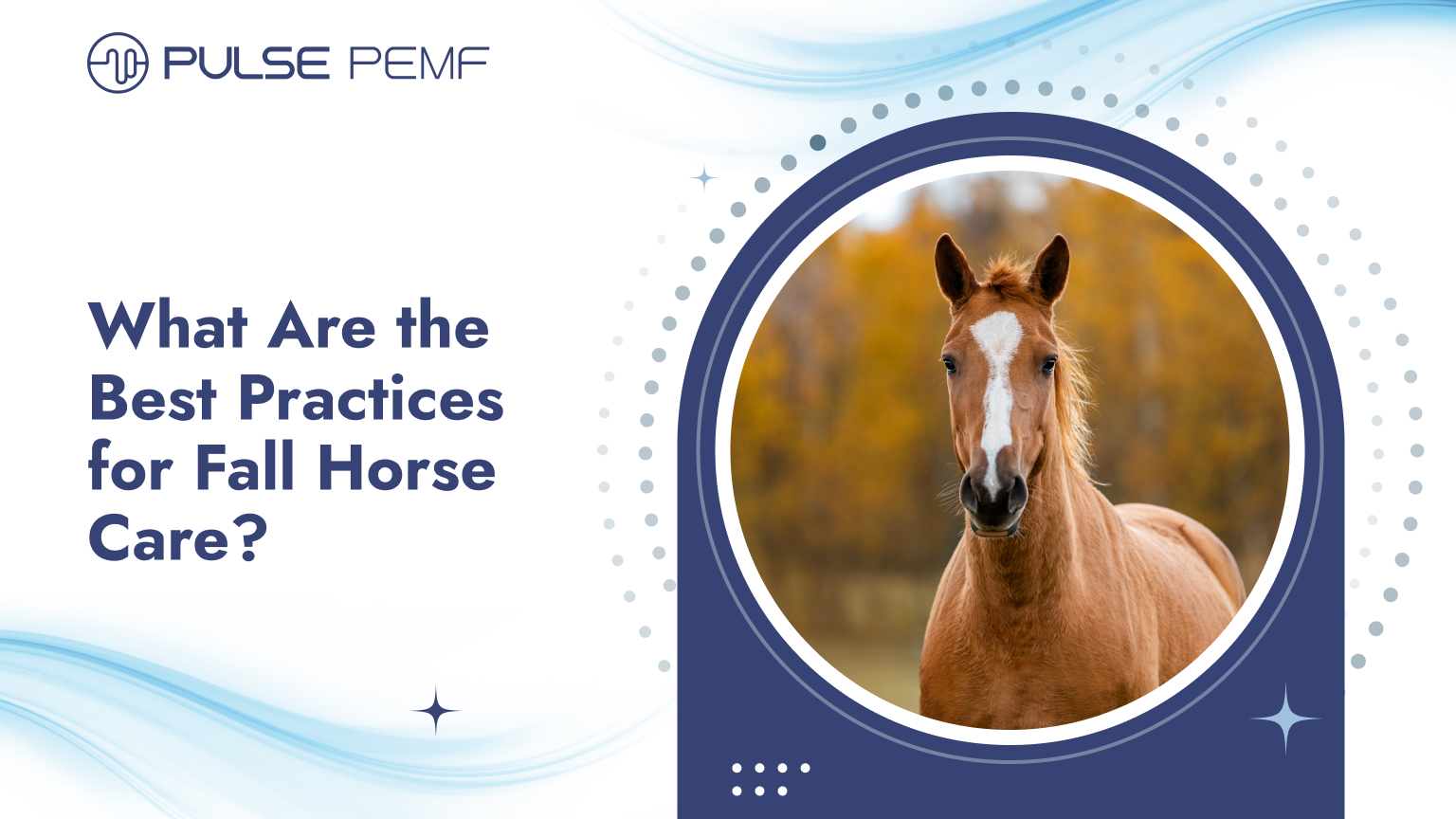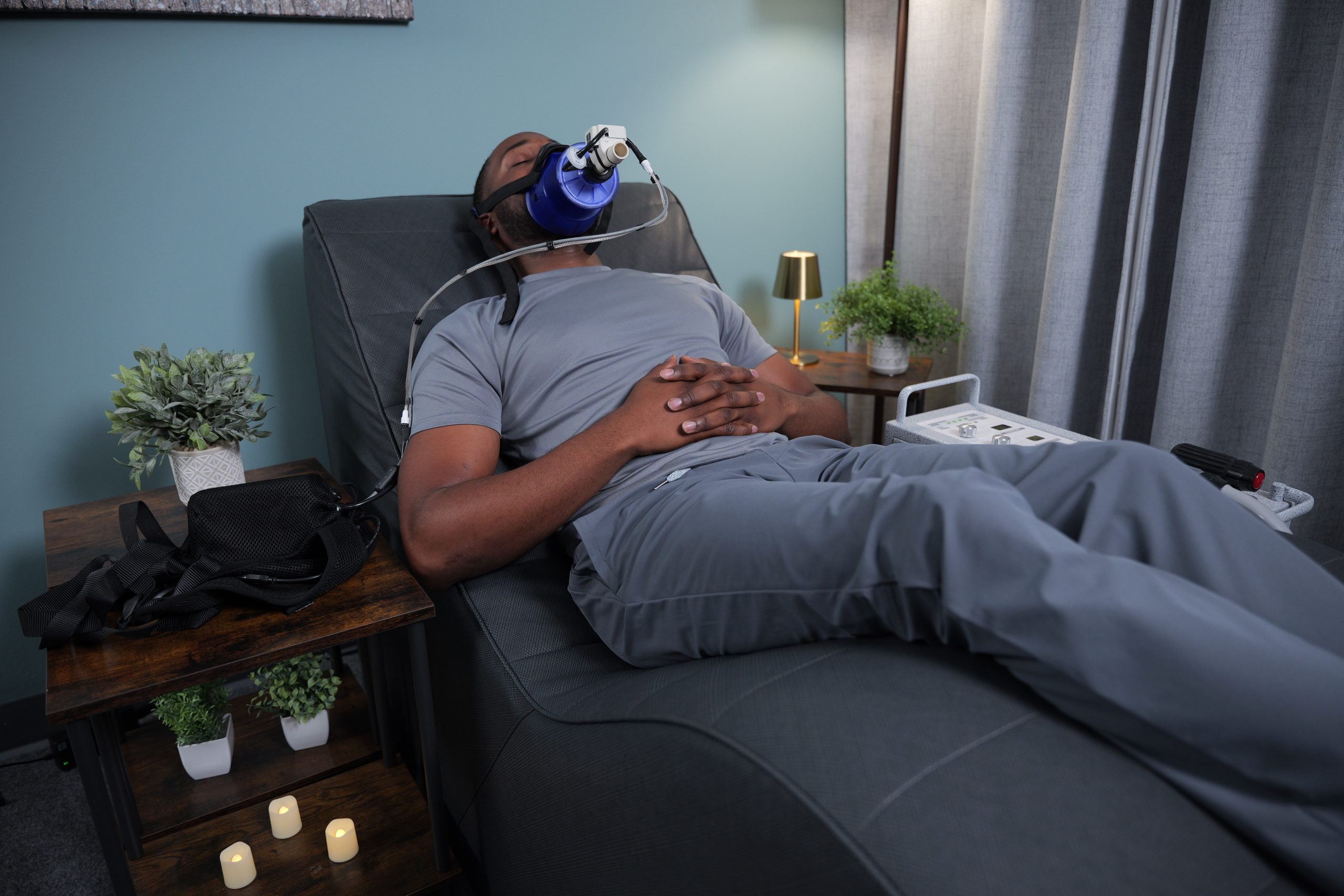As the leaves change color and the temperatures drop, it’s important to adjust your horse care routine to accommodate the changing seasons. Fall brings unique challenges for horses, from colder weather and shorter days to increased risk of certain health issues.
In this blog post, we’ll outline the essential steps for maintaining optimal horse care during the fall. By following these guidelines, you can help your horse stay healthy, happy, and comfortable throughout the season.
Let’s explore the best practices for fall horse care!
Horse Diet and Nutrition for Fall
Transition to Winter Feeds
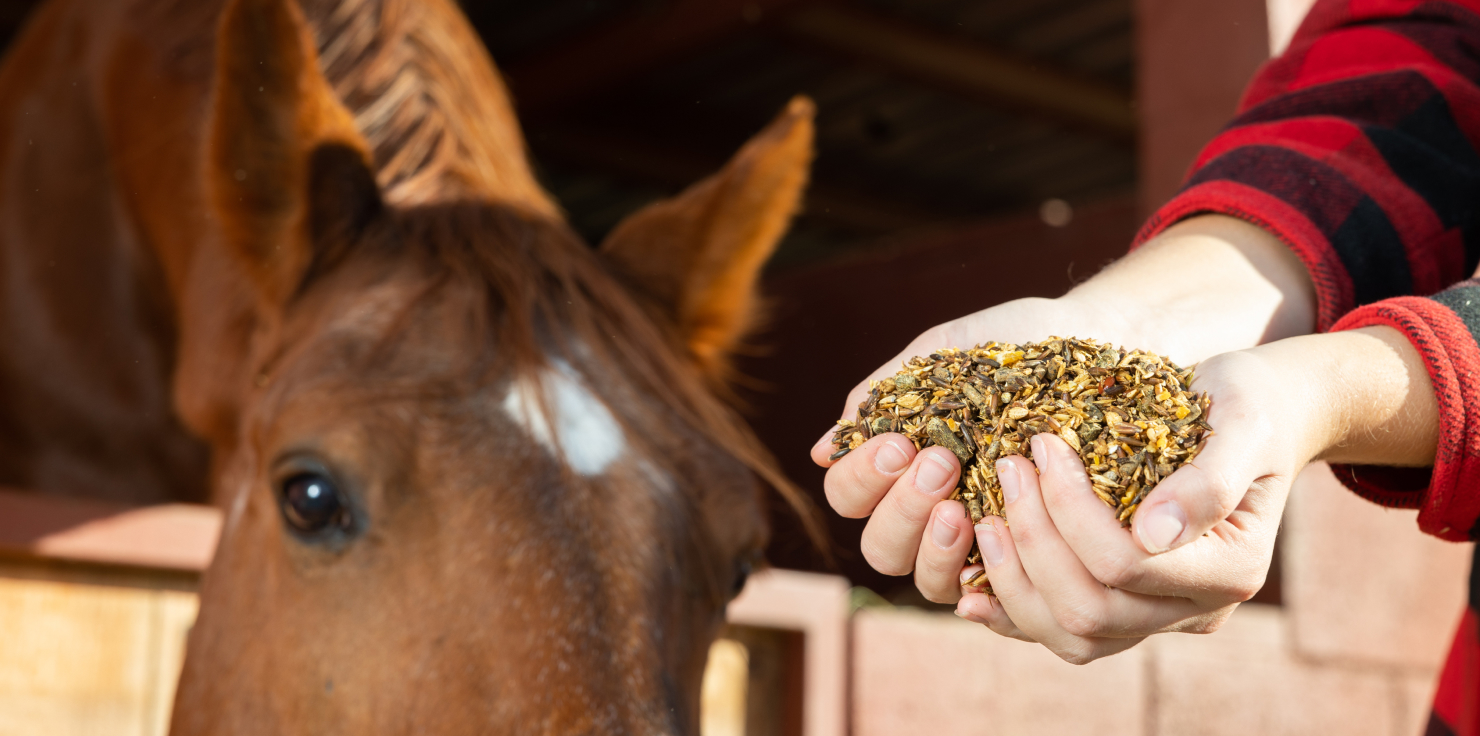
As the grass growth slows down in the fall, it’s important to gradually transition your horse’s diet from pasture to a mix of hay and grains. This will ensure a smooth transition and prevent digestive upset.
Monitor the quality of your hay to ensure it is nutritious and free from mold or excessive dust. Good-quality hay will provide your horse with essential fiber, vitamins, and minerals.
Providing Adequate Supplements
During the fall months, it’s a good idea to supplement your horse’s diet with additional vitamins and minerals to support their immune health, joint care, and coat condition. Consider adding extra vitamin E and Omega-3 fatty acids to help maintain a healthy coat and promote joint flexibility.
Coat and Hoof Care
Managing Coat Growth and Grooming
As the days get shorter and the weather cools down, your horse’s coat may grow thicker to provide insulation. Regular grooming is essential to maintain a healthy, shiny coat and prevent matting.
Use a curry comb, brush, and mane comb to remove dirt, debris, and loose hair. Pay attention to areas like the mane, tail, and underbelly, which can become matted if not properly groomed.
Hoof Care for Damp Conditions
Fall weather can often lead to damp conditions, which can increase the risk of hoof problems like thrush. It’s important to keep your horse’s hooves clean and dry to prevent these issues.
Check your horse’s hooves regularly for signs of thrush, such as a foul odor or dark, tar-like substance. If you notice any signs of thrush, consult with a veterinarian for treatment.
To protect your horse’s hooves from the elements, consider applying a hoof conditioner to help prevent cracks and infections.
Shelter and Blanketing
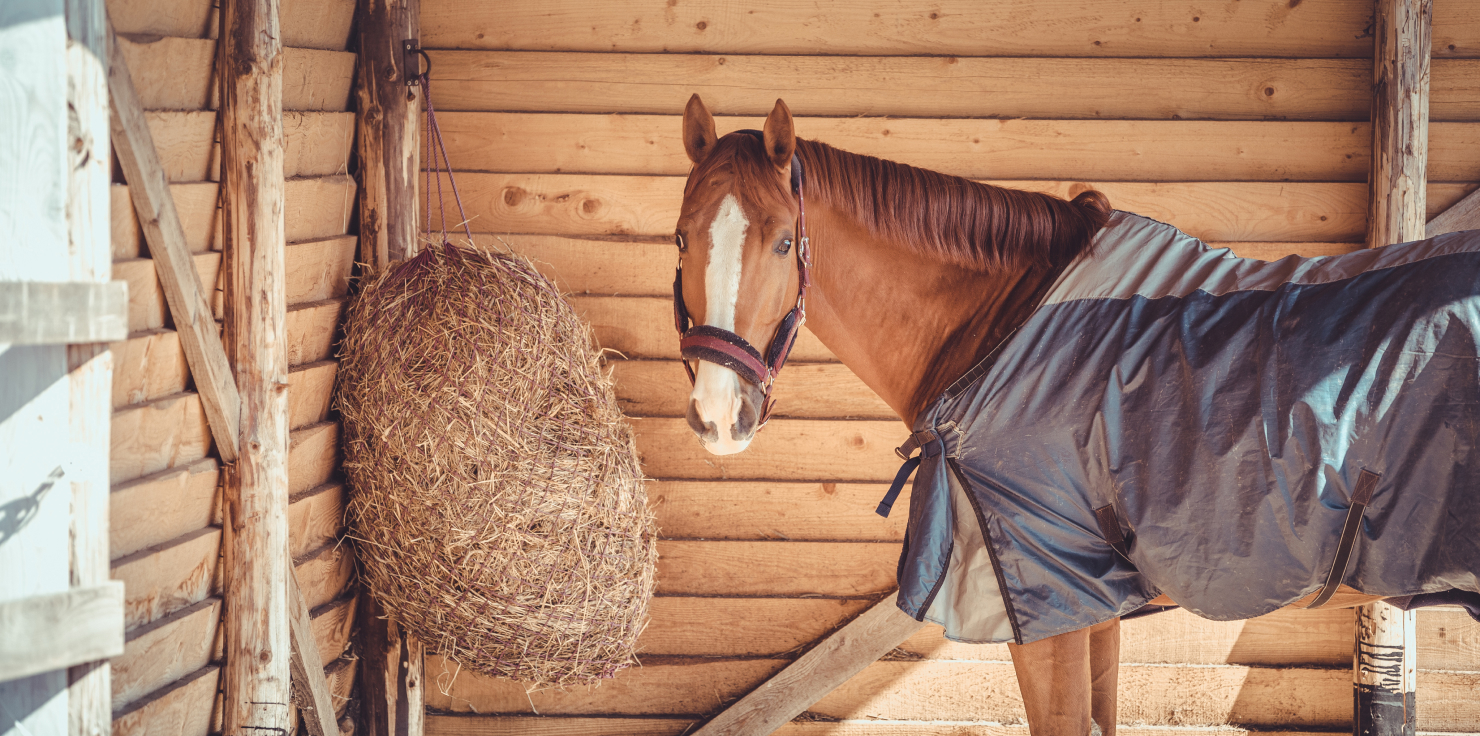
Providing Adequate Shelter
As the weather gets colder, it’s important to ensure your horse has access to a warm and dry shelter. A well-insulated barn or shelter can protect your horse from wind, rain, and cold temperatures.
Maintain a clean and dry environment within the barn or shelter. Remove any bedding that becomes soiled or wet, and provide fresh bedding regularly.
Proper Blanketing Practices
Whether or not to blanket your horse depends on the climate, their coat condition, and their individual needs. Horses with thin coats or those living in particularly cold climates may benefit from blanketing.
However, it’s important to avoid over-blanketing your horse, as this can lead to overheating. Monitor the temperature and adjust your horse’s blanket accordingly. If your horse is sweating or appears uncomfortable, remove the blanket.
Hydration and Water Management
Preventing Dehydration in Cooler Weather
Even though it’s colder outside, horses can still become dehydrated. They may drink less water when it’s cold, so it’s important to monitor their water intake.
To encourage your horse to drink more water, consider using heated water buckets or adding electrolytes to their water. These can make the water more appealing and help prevent dehydration.
Checking Water Sources
As the temperature drops, water sources can freeze, making it difficult for horses to access water. Regularly check water troughs and buckets to ensure they are clean and unfrozen. If the water is frozen, break the ice and provide fresh water.
Managing Parasites and Vaccinations
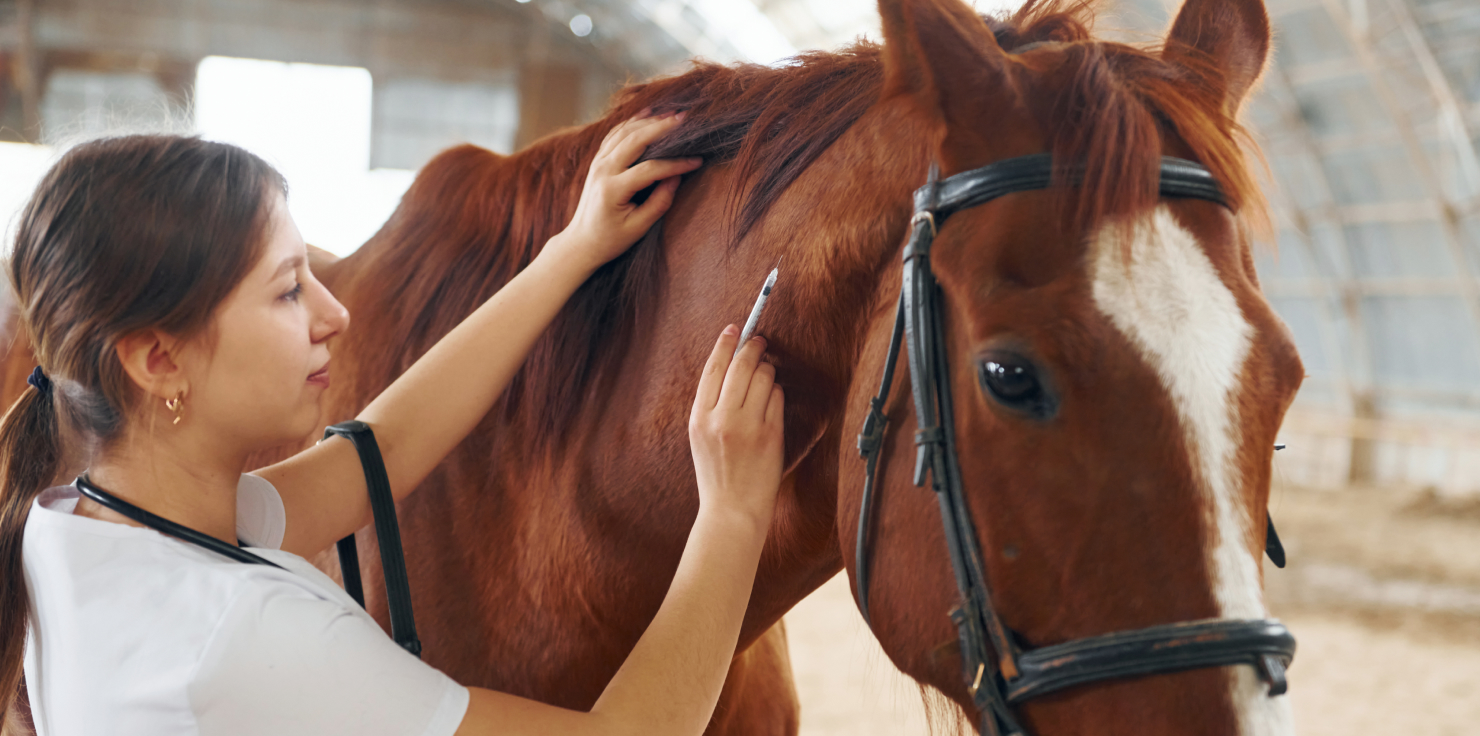
Deworming for Fall
Deworming is essential in the fall to prevent parasite infestations as horses transition from pasture to hay-based diets. Parasites can thrive in cooler, wetter conditions, so it’s important to stay on top of deworming schedules.
Consult with your veterinarian to determine the appropriate deworming schedule based on your region and pasture conditions. Regular deworming can help protect your horse’s health and prevent complications.
Staying Up-to-Date on Vaccinations
Fall is a good time to ensure your horse is up-to-date on vaccinations. Consult with your veterinarian to determine which vaccines are recommended for your horse based on their age, health status, and local disease prevalence.
Maintaining Fitness and Exercise
Adjusting Exercise Routines
As the weather cools down, you may need to adjust your horse’s exercise routine. Be mindful of slippery or muddy conditions that could increase the risk of injuries.
Consider incorporating indoor activities or arena work when outdoor conditions are unfavorable. Maintain a consistent exercise routine to keep your horse fit and healthy.
Warming Up and Cooling Down
It’s important to warm up your horse before exercising, especially in colder weather. A proper warm-up helps prepare the muscles and prevent injuries. After exercise, a cool-down period is essential to allow the muscles to gradually recover. Stretching and light walking can help prevent stiffness and soreness.
Conclusion
By incorporating these fall horse care practices into your routine, you can ensure your horse’s health and well-being throughout the season. Remember to monitor your horse’s condition, adjust their care as needed, and consult with a veterinarian for personalized advice.
To further support your horse’s health and recovery, consider using PEMF therapy. Pulsed Electromagnetic Field (PEMF) therapy can be particularly beneficial for horses recovering or experiencing muscle soreness. You can learn more about the power of PEMF therapy for optimal horse care through our many blogs and educational resources.

